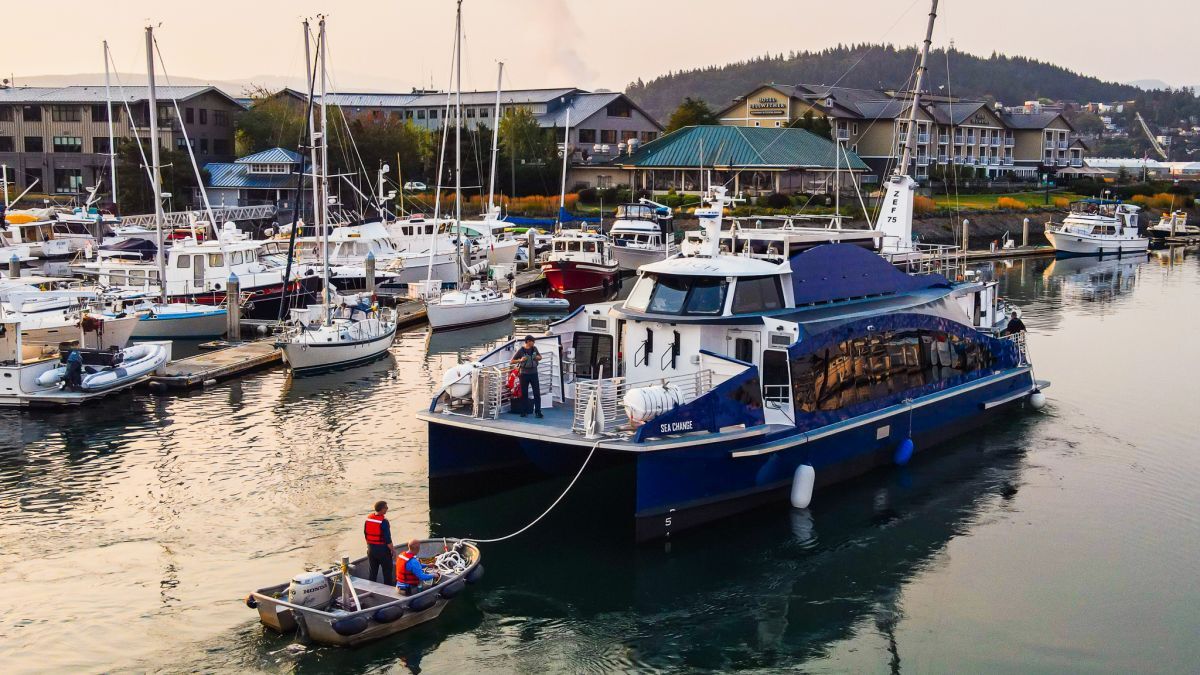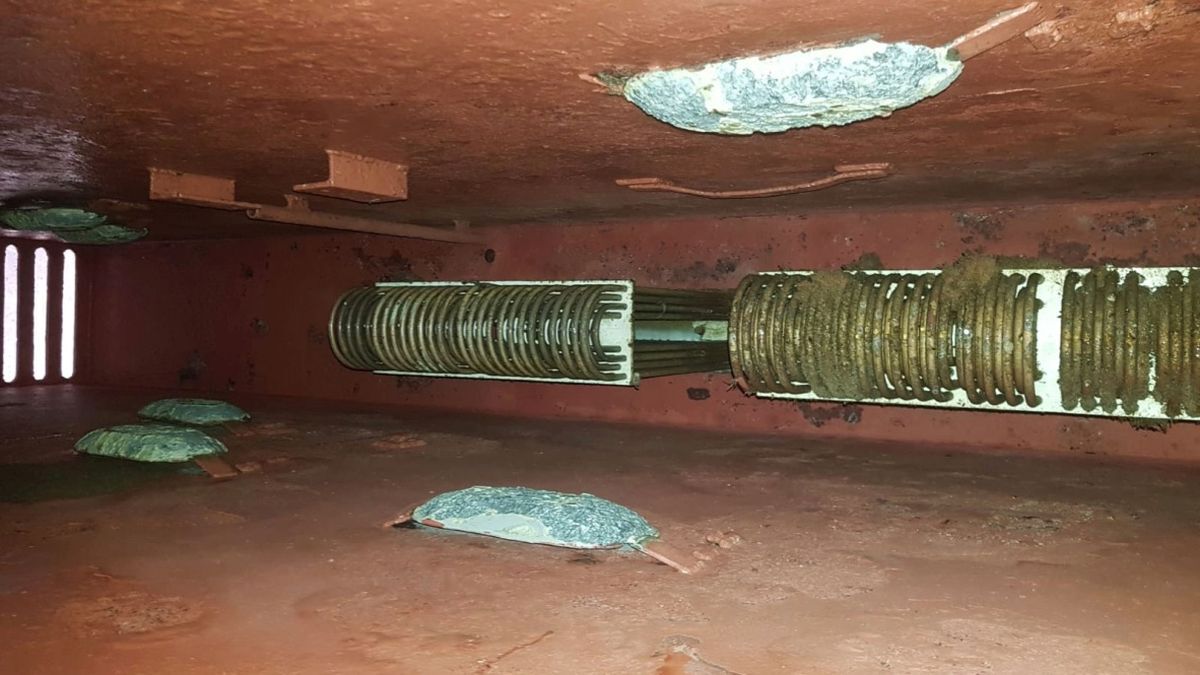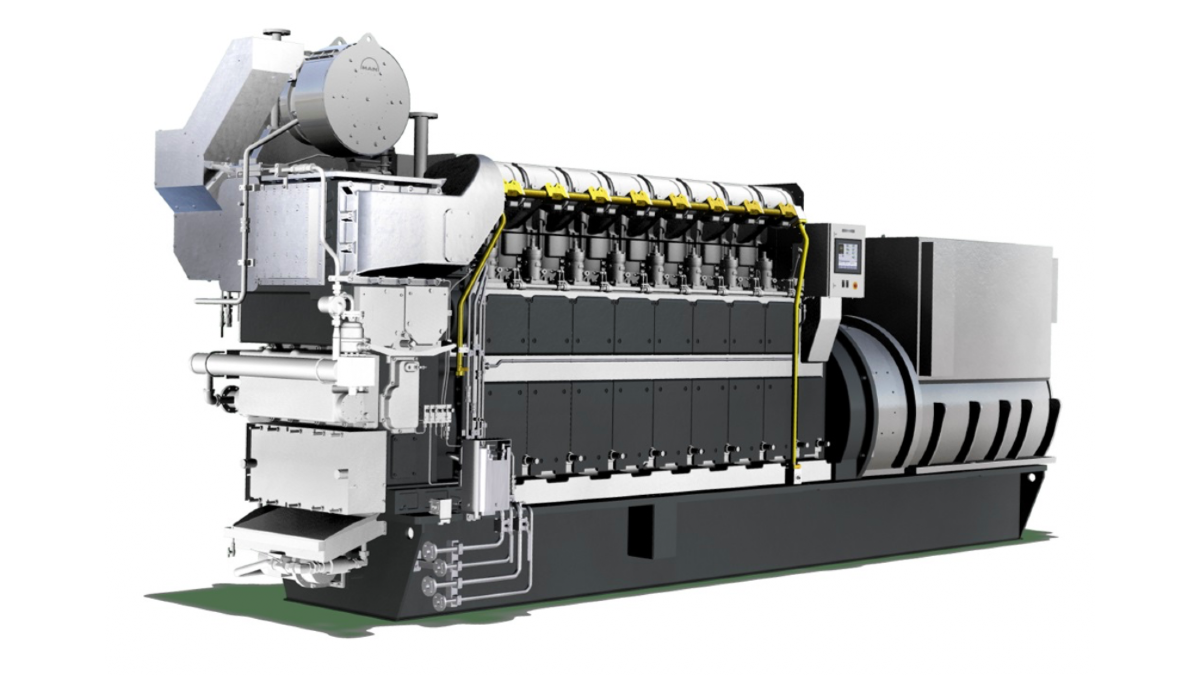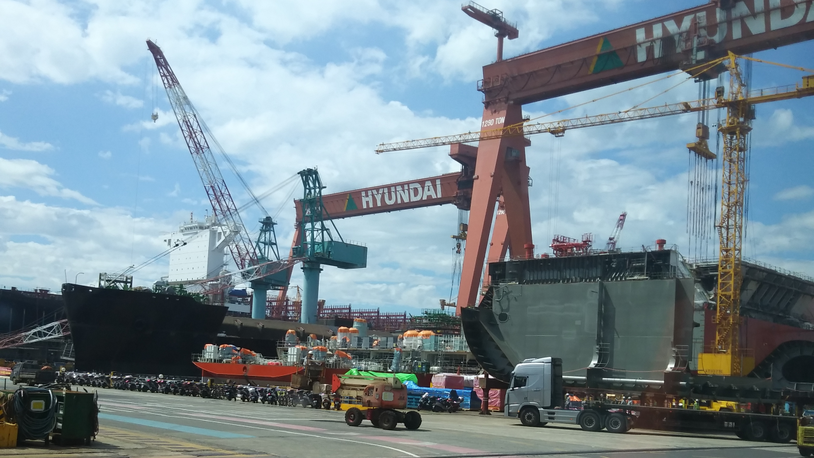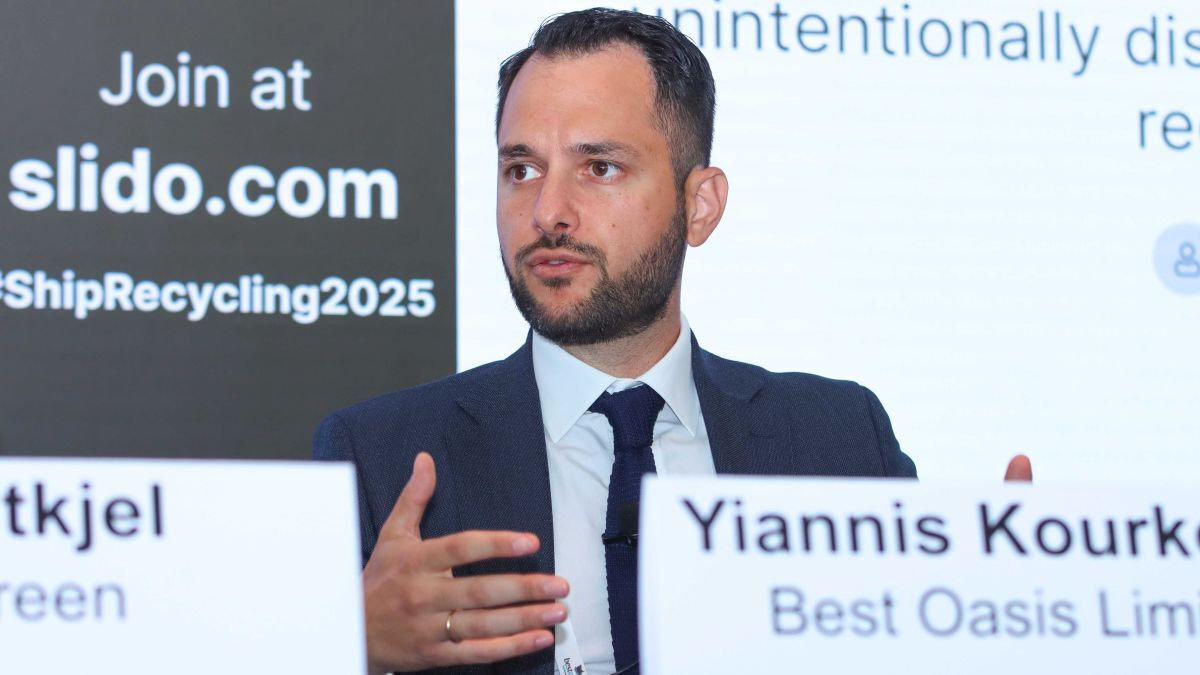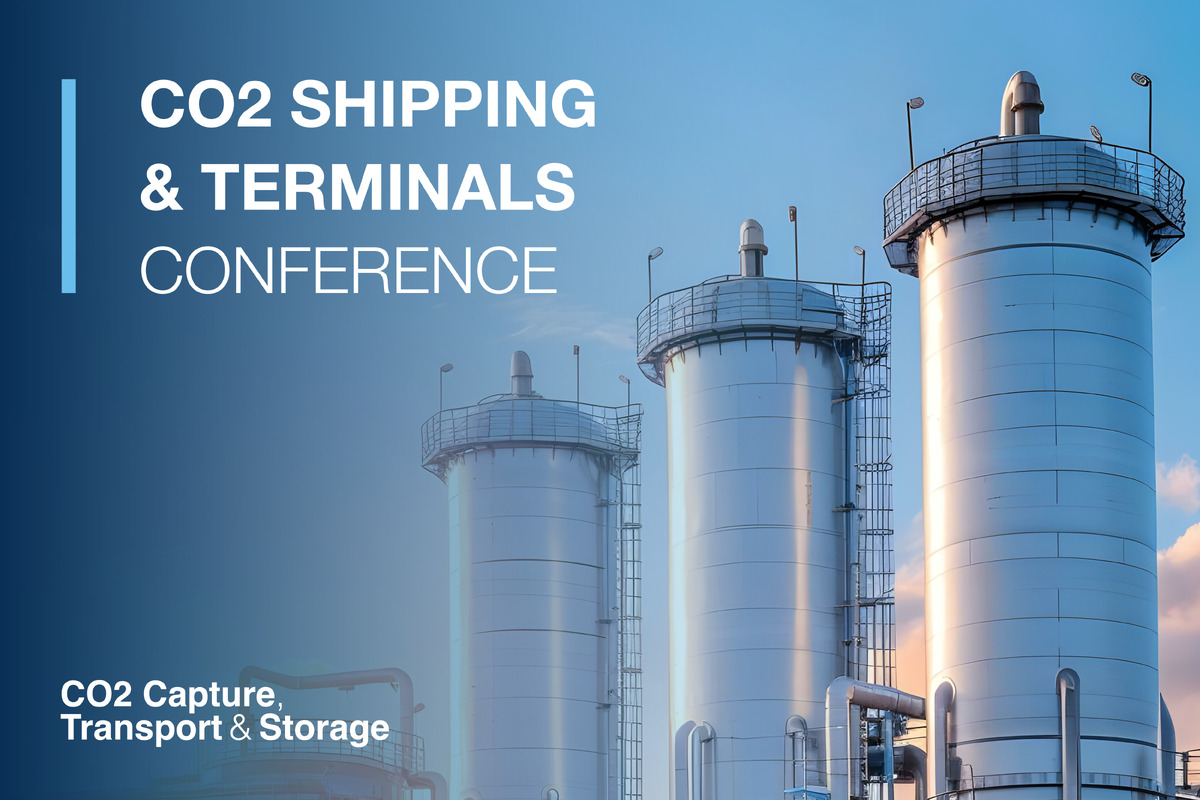Business Sectors
Contents
Register to read more articles.
Sea Change: behind the use of hydrogen fuel cells
How Sea Change provides a pathway to hydrogen fuel cells for the ferry sector
Sea Change is set to become the first commercial hydrogen fuel cell passenger ferry in the world.
The 21-m, 75-passenger, zero-emissions, hydrogen fuel-cell powered, electric-drive ferry, owned by SWITCH Maritime, will operate in the California Bay Area and has been built by All American Marine. Sea Change is now complete, and the vessel is set to be delivered in February, when it will begin crew training and continue sea trials. It is likely to be operating commercially by the beginning of March.
The ferry was developed and constructed to demonstrate a pathway to commercialisation for zero-emissions hydrogen fuel cell marine technologies.
Incat Crowther was chosen to design Sea Change for two main reasons. Incat Crowther managing director - North America Grant Pecoraro tells PST, “Firstly, we have a track record of minimising energy use through our extensive hull design experience and ability to optimise with CFD. Secondly, we have a track record of collaborating with clients to integrate new technologies.”
He says the two main considerations in developing the design were the physical form and size of the hydrogen system and accommodating it in the packaging of the vessel; and navigating the regulatory parameters of creating the first USCG-approved commercial hydrogen vessel.
“Both of these considerations were going to be key to making the adoption of hydrogen propulsion successful,” Mr Pecoraro underlines.
He adds, “Incat Crowther sees the first step of emissions reduction and elimination as being to optimise energy usage. As alternative propulsion technologies emerge, we are seeing a renewed focus on efficiency. The future of propulsion goes well beyond just the propulsion machinery bolted into the vessel, it’s a holistic efficiency challenge. Efficient vessel packaging, robust lightweight structure and an optimised hull shape are all part of the picture.”
Sea Change includes many incremental improvements in design and engineering, but regarding innovations, most of the originality is in the propulsion system. Mr Pecoraro says, “Incat Crowther is proud of being able to maintain a normal, functional vessel design through the challenges imposed by the propulsion package. As a proof-of-concept, its success will rely on maintaining as many conventional aspects as possible and eliminating any undue design novelties.”
One large challenge was in the regulatory arena. Mr Pecoraro explains, “Regulatory authorities are conservative when it comes to new technologies and fuels. As we have done many times before, Incat Crowther meets this challenge by leaning on our vast depth of experience with regulatory bodies and our strong ability to communicate and resolve challenges to ensure vessel safety.”
He sums up, “The objective of the entire project is a feasible zero-emissions vessel. Sea Change aims to demonstrate the viability of this fuel and demonstrate a pathway to commercialisation. In that context, the advantages and benefits of Sea Change go way beyond the single vessel and its own footprint.”
All American Marine built the vessel. Its marketing manager Bronson Lamb tells PST, “Being the first hydrogen fuel cell-powered commercial ferry, we worked closely with the US Coast Guard on every step of the design and construction process. It had a lot of unknowns in terms of safety risks and passenger accommodation, all of which were solved and have even been adapted for future vessels… there’s no one-size-fits-all approach for alternative propulsion systems, but we believe in this one when the mission calls for it.”
Commenting on hydrogen, he says, “It will only become more sustainable to produce as the market adopts it in a variety of industries, and it has more power than electric or even hybrid electric, all things being equal. We see this as leap-frogging hybrid electric and electric in the maritime industry in the coming years. The only output? Distilled hot water.”
He explains Sea Change will refuel similarly to a small LNG operation, with a truck carrying compressed hydrogen in a tank driving on a dock to the vessel. “Pretty simple and far less infrastructure required than electric charging stations,” Mr Lamb comments.
The project is funded by private capital from SWITCH, an impact investment platform building the first fleet of exclusively zero-carbon maritime vessels to accelerate the decarbonisation and energy transition of the US maritime sector.
SWITCH’s mission-driven platform seeks to work with existing ferry owners and operators around the country to help facilitate their adoption of zero-carbon vessels to replace ageing diesel-powered vessels, leveraging significant experience from the technologies used in the build of this first ferry.
The vessel is equipped with a hydrogen fuel cell power package provided by Zero Emissions Industries (formerly Golden Gate Zero Emission Marine), comprised of 360 kW of Cummins fuel cells and Hexagon hydrogen storage tanks with a capacity of 246 kg. This system is integrated with 100 kWh of a lithium-ion battery provided by XALT and two 300-kW electric propulsion systems provided by BAE Systems. The hydrogen fuel cell powertrain system affords the same operational flexibility as diesel with zero emissions and less maintenance.
The construction supervision and management were led by Hornblower Group.
This project has received municipal support including a US$3M grant from the California Air Resources Board, administered by the Bay Area Air Quality Management District (BAAQMD), that comes from California Climate Investments.
Additionally, the project received the first-ever loan guarantee under BAAQMD’s Climate Tech Finance programme, which seeks to reduce greenhouse gases by accelerating emerging climate technologies. In partnership with the California Infrastructure Economic Development Bank and the Northern California Financial Development Corp, the Climate Tech finance team led a technology qualification and greenhouse gas analysis that deemed SWITCH eligible for a loan guarantee. This loan guarantee supported SWITCH in securing a US$5M construction and term loan with KeyBank, which enabled SWITCH to bring this important project to completion.
Sea Change features a fully customisable interior, which can be configured according to customer preference.
The only emission associated with Sea Change is pure (drinkable) water, produced from the fuel cells.
Riviera Maritime Media is holding the Marine Propulsion Webinar Week beginning 14 February 2023, use this link to access more information and register for these free webinars
Related to this Story
Events
Reefer container market outlook: Trade disruption, demand shifts & the role of technology
Asia Maritime & Offshore Webinar Week 2025
Marine Lubricants Webinar Week 2025
CO2 Shipping & Terminals Conference 2025
© 2024 Riviera Maritime Media Ltd.


